Dentons: More Than Just a Law Firm
In comparison to other global law firms with decades or even centuries of history, Dentons—having just celebrated its tenth…
In comparison to other global law firms with decades or even centuries of history, Dentons—having just celebrated its tenth anniversary—seems like a newcomer. So how did it become one of the top 10 global law firms in such a short time?
Founded in 2013 through the merger of Salans, Fraser Milner Casgrain (FMC), and SNR Denton, Dentons started with bold ambitions. From the outset, its global chairman, Joe Andrew, and global CEO, Elliott Portnoy, aimed to redefine the scale, scope, and boundaries of what a law firm could be. Their vision was to create a leading global professional services organization—not just a law firm—designed to offer client solutions for both global and local business challenges.
Challenging the Traditional Role of Law Firms
Andrew and Portnoy challenged the traditional view of law as a specialized vertical discipline. Instead, they viewed law as a horizontal function that crosses corporate, societal, and geographical boundaries. Legal expertise, in their view, is part of a broader problem-solving dynamic that integrates lawyers with professionals from technology, finance, data science, risk and compliance, and other fields. The goal of this integration is to create value for businesses.
Ten years later, Dentons’ founders transformed the traditional law firm model. Their vision replaced it with an entity designed to solve business challenges and seize opportunities. They rejected conventional practices of talent sourcing, uniformity, and local focus. Instead, they built a culture of diversity, collaboration, innovation, purpose, and client-centered service.
Dentons’ rapid growth coincided with the return of the Big Four accounting firms to the legal space. These firms recognized that clients in today’s complex, fast-paced world need real-time, multidisciplinary, platform-based, data-supported solutions to address their business challenges. No single discipline—whether legal, financial, data analytics, or policy—can provide all the answers. Integrated solutions are far more valuable than fragmented ones.
While Dentons took a different path from the Big Four, the ultimate goal is the same. Clients care less about whether the solution provider is called a “law firm,” a “corporate legal service provider,” or a “business consultancy.” What matters most to them is whether the provider can deliver effective solutions to their business challenges.
Combining Local Knowledge with Global Reach
Dentons believes that a law firm combining local culture and community knowledge with global reach gives clients a competitive edge. This combination is key to successfully completing transactions, resolving disputes, and navigating business challenges. It also enables Dentons’ lawyers to transcend geographic boundaries and engage in global practices, better serving their clients and advancing their careers.
As the first global law firm founded in the iPhone era, Dentons understood early on that technology-driven connectivity would accelerate globalization and foster geographically distributed collaboration. The leadership foresaw the increasing need for scale, innovation, and connection as business demands evolved. These pillars—scale, innovation, and connectivity—are central to Dentons’ mission: delivering top legal talent and business solutions wherever they are needed.
A Multidisciplinary Ecosystem, Not Just a Law Firm
Dentons’ presence spans the globe, with over 12,000 lawyers and 21,000 legal professionals in 215 offices across 83 countries. The firm has grown through 51 major mergers, demonstrating the strength of its brand, business model, and “coordination, not unification” philosophy of integration. Beyond legal services, Dentons offers business consultancy, legal referral networks, accelerators, and other complementary services. It has evolved into a multidisciplinary ecosystem designed to serve the local and global needs of a digitalized economy.
Speaking the Language of Business
In his book Ten Lessons for a Post-Pandemic World, Fareed Zakaria writes, “Big is beautiful in today’s economy.” If Zakaria is correct, Dentons is well-positioned for future success. The firm’s growth strategy views scale as a tool for delivering quality. The larger the firm—whether measured by talent depth or geographic reach—the more resources it can offer to meet client needs. This approach mirrors the strategy successfully employed by the Big Four accounting firms.
Dentons is driven by a commitment to serving business. It communicates in the language of business and structures its services accordingly. For example, its innovative market strategy is based on four core concepts: “growth, protection, operations, and finance,” which contrasts with the traditional law firm approach of listing practice areas and industries. This shift in focus extends beyond marketing—it transforms how lawyers and other professionals view their purpose and engage with clients.
A Diverse and Collaborative Structure
Unlike most large law firms that center their operations around global financial hubs, Dentons operates on a multi-hub model. This model emphasizes diversity, rejects hierarchical stratification, and grants partners greater autonomy and market flexibility, fostering collaboration across regions. Evidence of this approach’s success is that by 2020, Dentons generated $1 billion in cross-regional revenue. This income not only boosts partner profits but also underscores the firm’s collaborative culture and its ability to serve clients globally.
Dentons has redefined traditional legal service delivery from the client’s perspective, leading to rapid growth, enhanced brand recognition, and rising market position. The firm recognizes that “purpose-driven” organizations are more likely to attract and retain top talent. As a result, Dentons was the first global firm to adopt a mission statement: “We redefine what is possible and shape the future together, globally.” This phrase encapsulates Dentons’ spirit—innovation, collaboration, and a paradigm shift driven by scale, benefiting both clients and employees.
A Challenger Brand
While law firms are often known for being conservative and slow to change, Dentons positions itself as a “challenger brand,” competing through differentiation rather than imitation. It has expanded the traditional concept of a law firm, broadening its scale, market reach, vision, and collaboration model, while breaking down artificial barriers between legal expertise and other business advisory disciplines. Through the integration of legal and business consulting services, Dentons provides clients with both local and global solutions.
Dentons has achieved all this by pursuing its vision of becoming the “law firm of the future.” This requires agility, adaptability, collaboration, and innovation, along with a deep understanding of macroeconomic trends reshaping the world. Diversity, in the broadest sense, is also central to Dentons’ ethos. Its multi-hub model, “coordination, not unification” approach, and local-global integration give it a competitive advantage for businesses, employees, and clients alike.
Dentons’ Innovative Structure
Like some other global law firms, Dentons operates under a Swiss Verein structure. The firm’s master agreement resolves fragmentation issues associated with this structure, with each member firm contractually bound to adopt the best attributes of a unified partnership. This structure enables Dentons to operate as a multi-hub global firm, meeting client needs while promoting internal collaboration.
Beyond governance agreements, Dentons’ global policy encourages investment in the firm across regions and incentivizes cross-regional work. This structure creates a “one firm” experience for both clients and employees.
Dentons’ grand vision has led to many firsts in the legal industry, cementing its status as a trailblazer in the future of legal services.








